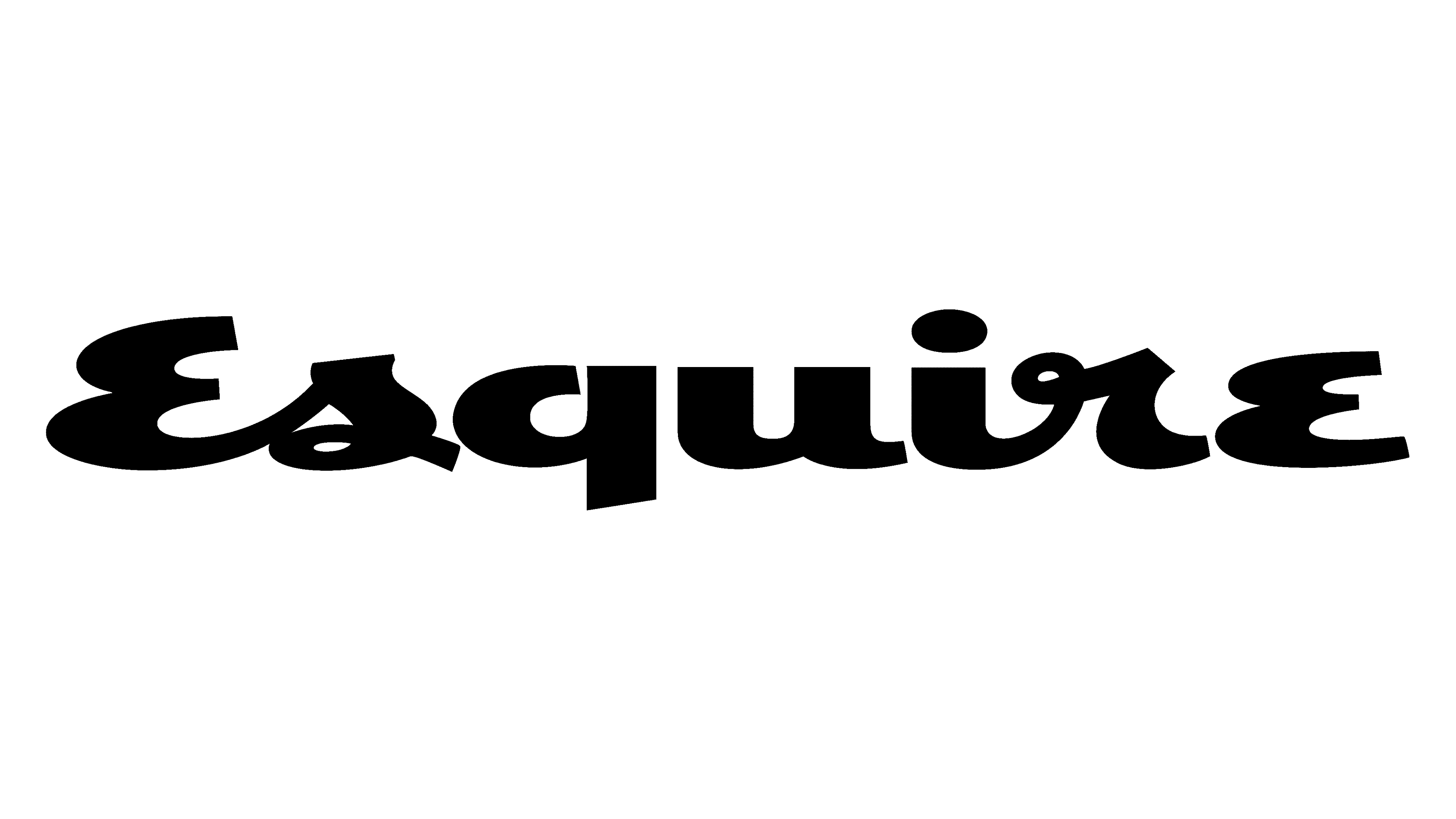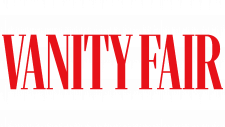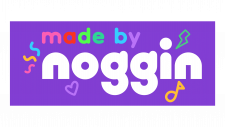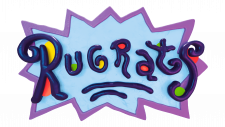Esquire Logo
Esquire is a men’s magazine. Arnold Gingrich, David A. Smart, and Henry L. Jackson created it. They launched it in the United States. The purpose was to offer fashion advice, literary pieces, and lifestyle content for men. Its style and content cater specifically to an audience interested in sophistication and elegance.
Meaning and history
Esquire magazine first appeared in 1933. Initially, it focused on broader men’s lifestyle issues. Over the decades, the magazine gained recognition for its contributions to journalism and literature. Notable periods include the 1960s, when it published groundbreaking, controversial features and the early 2000s, when it began incorporating digital technology into its publishing strategy. Esquire has evolved, adapting to cultural shifts while maintaining a strong narrative voice in men’s media.
What is Esquire?
Esquire is a publication that blends culture, fashion, and technology for a modern male audience. It serves as a guide to men’s style, delivering both substance and sophistication in its content. The magazine stands out for its commitment to high-quality journalism and literary excellence.
1933 – 1945
The Esquire logo boasts fluid cursive script, presenting a classic yet relaxed elegance. Black strokes create a striking contrast, embodying sophistication with a casual flair. The ‘E’ and ‘q’ particularly flaunt elaborate loops, infusing the design with a unique artistic touch. This typographic style suggests a blend of tradition and modernity, appealing to a discerning audience.
1945 – 1955
The updated Esquire logo maintains its classic cursive flair. The black letters now possess a sleeker, more uniform appearance. The ‘E’ stands tall, its loop less pronounced. This typeface reflects a streamlined aesthetic, harmonious and sophisticated, signifying the brand’s evolution while respecting its heritage.
1956 – 1978
In this iteration of the Esquire logo, the letters display a bolder weight, adding visual impact. The ‘q’ no longer loops below the baseline, creating a cleaner line of text. The overall form captures a mid-century modern aesthetic, reflective of streamlined design principles from that era. This logo version stands out for its clarity and bold presence, marking a confident step in the brand’s visual evolution.
1978 – 1980
The Esquire logo now features an all-caps serif font, a departure from the previous script style. The bold black letters stand above a vibrant red banner, highlighting the word “FORT NIGHTLY”. This design signals a distinct change, emphasizing tradition and frequency of publication. The stark color contrast and serif typeface convey a sense of authority and establishment. The logo’s new look reflects a confident, regular presence in the world of print.
1980 – 1993
Returning to its roots, the Esquire logo revives the cursive flow, abandoning the all-caps and serif font of the previous design. The iconic loop on the ‘q’ reemerges, reaffirming the brand’s connection to its original style. The letters ‘E’ and ‘s’ now join, suggesting a seamless, continuous narrative. This logo reclaims the brand’s legacy with a nod to its historical elegance, all while maintaining a modern and sleek silhouette.
1993 – 2017
The logo depicts the word “Esquire” in a fluid, cursive script. Each letter is uniquely styled with varying strokes, thickness, and curls. The initial ‘E’ has a distinct extended loop, while the ‘q’ drops below the baseline with an elaborate tail. The ‘r’ stands out with an elongated leg, stretching towards the final ‘e’, which is elevated, adding a dynamic flair. The entire text leans slightly right, imparting a sense of forward momentum.
2017 – Today
The image presents the name “Esquire” in a bold, sans-serif typeface, contrasting the previous cursive script. Unlike the previous flowing characters, these letters are compact and uniform, offering a modern and straightforward appearance. The ‘E’ and ‘S’ at the beginning are noticeably different from the earlier design, with no extended loops or curls. The ‘q’ has lost its tail and now aligns with the baseline, mirroring the simplicity of the other characters. The ‘r’ and ‘e’ at the end are simplified, providing a cohesive and neat conclusion to the word. The lettering remains in a solid black color, maintaining strong contrast for optimal legibility.


















